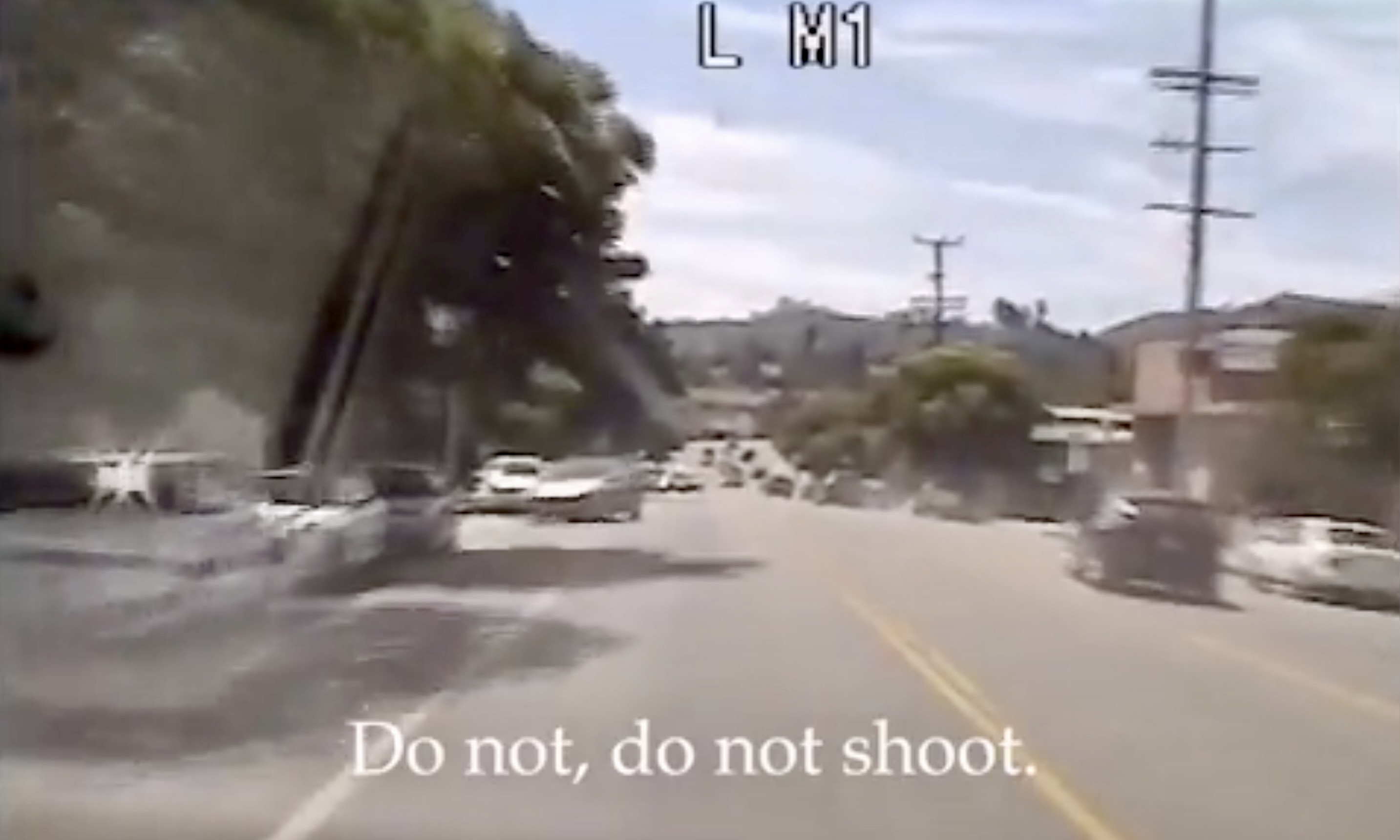The death of an innocent bystander during a police shootout is always a tragedy—and in civil terms, it can constitute a wrongful death. While criminal and civil investigations determine where legal responsibility rests, the emotional toll on the victim’s family can never be measured.
On July 21, 2018, Melyda “Mely” Corado, the assistant store manager at the Silver Lake Trader Joe’s in Los Angeles, reported for work as she had countless times before. She could not have known it would be her last day—nor could her family have imagined the events that would unfold.
The Incident
A suspect fleeing police entered the Trader Joe’s store. What followed was an exchange of gunfire between the suspect and responding officers. In the aftermath, difficult questions remain:
- Could officers have taken a different tactical approach to reduce risk to bystanders?
- Was the shootout necessary at that moment, given the crowded setting?
- Might waiting for a safer opportunity to arrest the suspect have prevented this tragedy?
Melyda Corado was struck by gunfire inside the store as she attempted to exit. It was later determined that she was hit by a police-fired bullet.
LAPD Admission
On July 24, 2018, LAPD Chief Michel Moore publicly confirmed: “One of the officers’ rounds struck Ms. Corado as she was exiting the market and was in proximity to Atkins.” LAPD also released dash‑cam and body‑worn camera footage. Portions of the recordings appear to capture an instruction of “Do not, do not shoot,” fueling debate over whether protocols were followed and whether the shooting could have been avoided.
Melyda Corado's brother Alpert Corado, Tweeted:
"I'm sad to say she didn't make it. My baby sister. My world. I appreciate the retweets and the love," "Please respect my family's privacy as we are still coming to terms with this." July 21, 2018
Potential Legal Implications
Law enforcement actions may be deemed lawful even when a bystander’s death is caused by police gunfire. However, civil wrongful death liability may arise if evidence shows negligent tactics or excessive force. Factors that can support a claim include:
- Ignoring commands or policy not to fire under the circumstances
- Firing when the suspect was not actively shooting at officers
- Shooting into a crowded area where injury to bystanders was clearly foreseeable
In these cases, families may consider a civil action—often with support from independent experts in police practices and ballistics—to establish fault and obtain accountability. Some cases may also implicate civil rights and police misconduct issues.
Pattern of Use‑of‑Force Concerns
This was not the first high‑profile LAPD incident involving bystanders. In 2013, during the manhunt for former officer Christopher Dorner, eight LAPD officers mistakenly fired 103 rounds at two women delivering newspapers—Margie Carranza and Emma Hernandez. Hernandez was shot in the back but survived. Although the officers were found to have violated department policy, they remained on the force after additional training. The City of Los Angeles paid a $4.2 million settlement to the victims.
The Road to Accountability
No monetary outcome can repair the loss of a loved one. Still, legal action can serve two critical purposes: (1) provide financial support and a measure of justice for the family, and (2) encourage safer, more measured law‑enforcement responses in densely populated settings.
Speak With a Wrongful Death Attorney
If you believe a loved one’s death could have been prevented through better decision‑making by law enforcement, consult an experienced attorney as soon as possible. Evidence (including videos, dispatch audio, and witness statements) must be preserved quickly.
The Majlessi Law Firm represents families in wrongful death cases, including those involving police shootings and alleged civil rights violations. We offer free, confidential consultations and handle cases on a contingency fee basis—no attorney’s fees unless we recover compensation for you.
📞 Call now:
(310) 724‑6222 – Los Angeles
(415) 629‑0109 – San Francisco
📨 Or contact us online
Disclaimer: This content is for informational purposes only and does not constitute legal advice or create an attorney‑client relationship. Please consult a licensed attorney regarding your specific situation.

